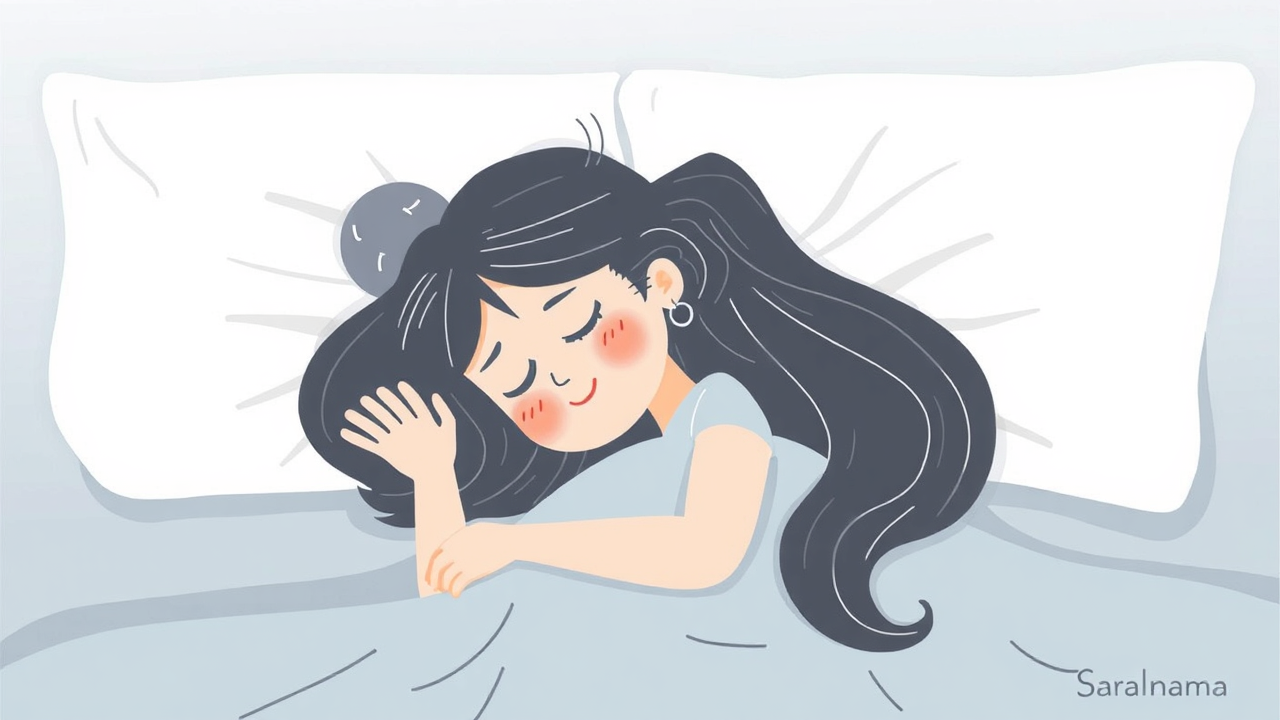Waking up around 3am is a common experience that many people worry about, but it may actually be rooted in our historical sleep patterns. For most of human history, sleeping through the night in one continuous block was not normal. Instead, people typically divided their rest into two separate periods, known as "first sleep" and "second sleep." Each segment lasted several hours, with a period of wakefulness in between, usually around midnight. During this interval, individuals would engage in various activities such as tending to household chores, praying, reading, writing, or spending intimate time with their partners. Historical records from Europe, Africa, and Asia document this practice. The shift to continuous sleep happened over the past two centuries, driven by the introduction of artificial lighting and the demands of industrial work schedules. Understanding this historical context can help people realize that nighttime waking is not necessarily a sign of sleep problems but rather a deeply human pattern.

The Disappearance of Segmented Sleep
The two-sleep pattern vanished over the past two centuries due to major changes in society. Artificial lighting played a crucial role: oil lamps, gas lighting, and eventually electric lights transformed night into usable time for activities. People began staying awake later instead of going to bed shortly after sunset. Bright light at night also shifted the body's internal clock, known as the circadian rhythm, making it less likely for people to wake after a few hours. The Industrial Revolution further cemented this change by introducing factory schedules that favored a single block of rest. By the early 20th century, eight uninterrupted hours became the new standard, replacing the centuries-old rhythm of segmented sleep.
Light's Impact on Time Perception and Sleep
Light plays a fundamental role in regulating our internal clock and how we perceive time. Morning light, especially blue wavelengths, is particularly important for stimulating cortisol production and suppressing melatonin. During winter, weaker and later morning light makes it harder to maintain circadian alignment. Studies in time-isolation labs show that without natural light or clocks, people often misjudge the passage of days, demonstrating how easily our sense of time slips away. Research at Keele University's Environmental Temporal Cognition Lab found that people perceive time intervals as longer in evening or low-light scenes, particularly those experiencing low mood. Understanding how anxiety and low light stretch our perception of time can help manage nighttime awakenings more calmly.
Source: Link
